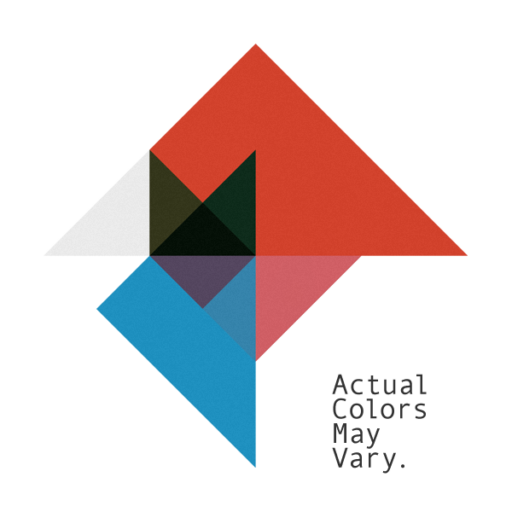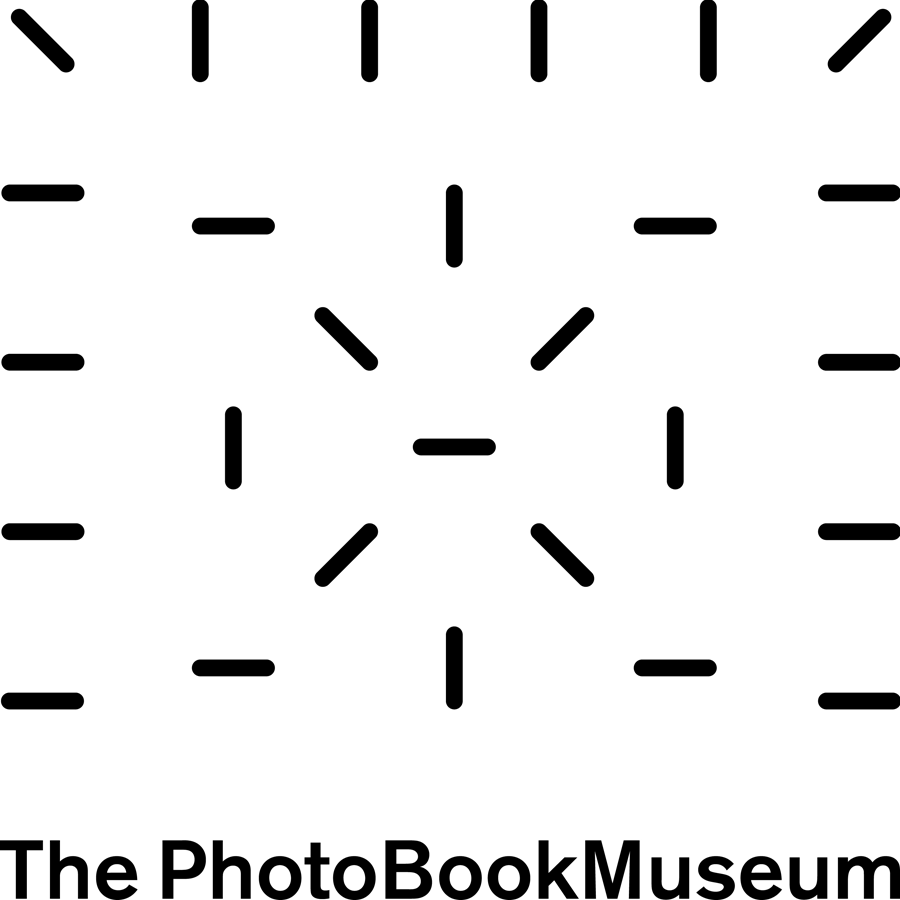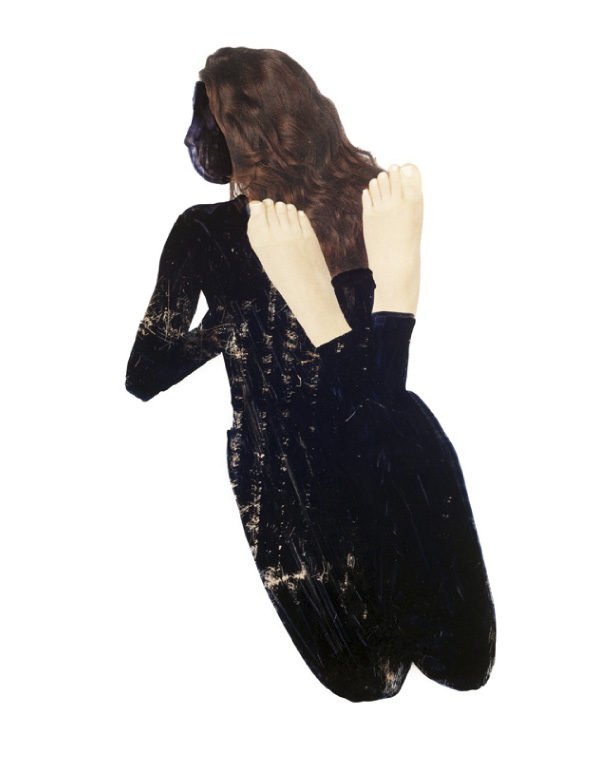„In 1978 I was 23 years old when I moved from Boston to New York. Like many at that age I had little money, lived precariously, and was anxious to find a place and purpose in the world. Being in survival mode for extended periods shaped me in ways I’m probably still not aware of. The world of the late 1970’s, in flames economically, politically, and socially, was, if nothing else, a challenge. I did what I could to stay out of the way and find islands of refuge.
Looking back, photography appears as one of those islands. I had a cousin and her husband living in Brooklyn, New York, near Pratt Institute where both had studied photography. She worked as a photo researcher for an agency in New York City; he was a studio assistant and printer for an iconic photographer of that time, Francesco Scavullo. The three of us visited often to review slides and prints, listen to Jazz – Miles Davis a particular favorite, or go to films at the Bleeker Street or Carnegie Hall Cinemas. A date we were together which I remember in particular was December 8, 1980, the day John Lennon was shot. Late that afternoon, from my cousin’s apartment window, a corner of the southern tower of the World Trade Center flamed the setting sun against the deep blue of a late fall sky. That day marked the end of an era, a painful realization. Who could imagine then what lay ahead.
Eventually I bought a used Nikon FE2 and a 35mm, and 50mm lens. The economy and freedom of digital was still many years away and as film was expensive and time consuming to shoot, process, and print, I could not do as much work as I would have liked. From that time then I have only a small body of work. Taking photographs today is very different. The freedom digital cameras offer to make as many pictures as one has the energy and creative impulse for, the software to process these images, and the means to build an audience through social media is exciting, and liberating. It is an understatement to say that today’s world is an entirely different world than the last decades of the twentieth century.
I believe the most important thing anyone can do for their art is to be as aware of every aspect of life as possible, to read, to study, to meet people, and read more. To follow one’s interests is necessary, but equally important is to be deeply curious about the interests of others. Having this deep empathy for others, examining with sensitivity those things we have no natural inclination for, cultivates insight which is then reflected in the work we produce. Some people practice this focused empathy so naturally, without effort or thinking. For the rest of us, we must make a conscious effort to open ourselves to other possibilities and by doing so overcome our ingrained assumptions and prejudices. Practicing this regularly is like shoveling sand, but it must be practiced.“
John Sutton
Arlington, Vermont
To learn more about John’s background please head over to his website www.johnsutton.us


